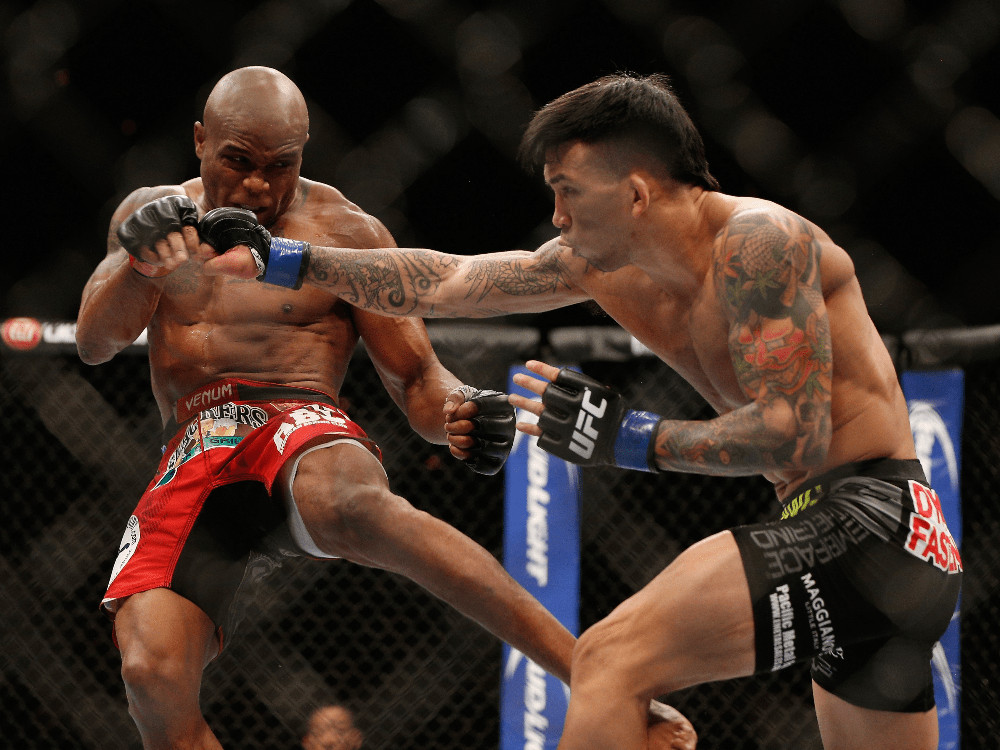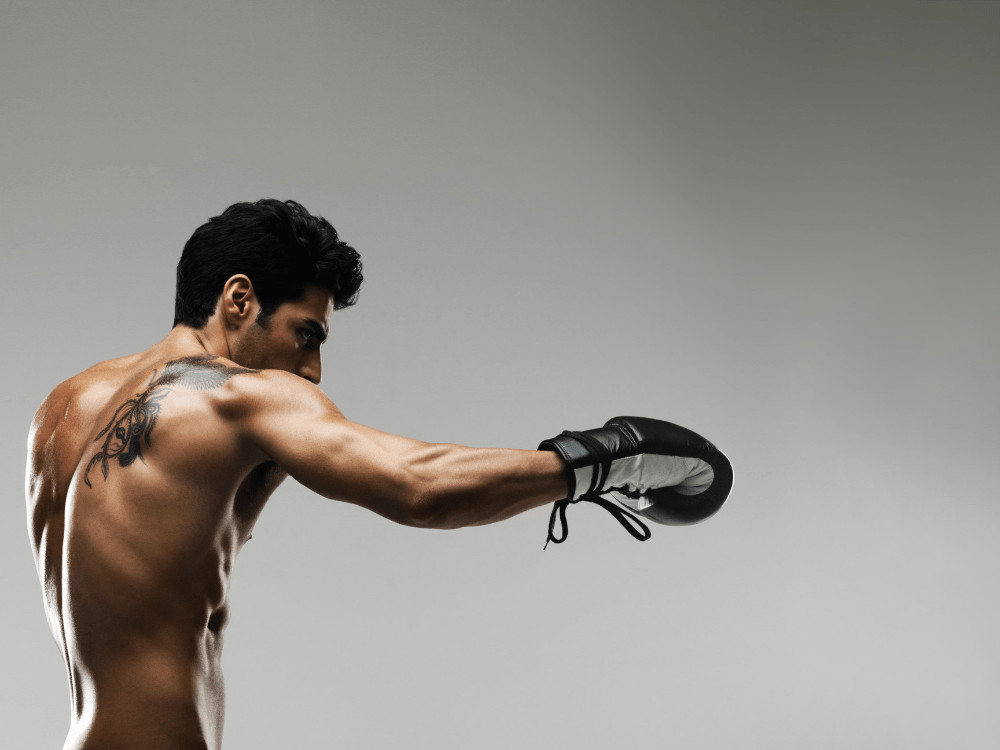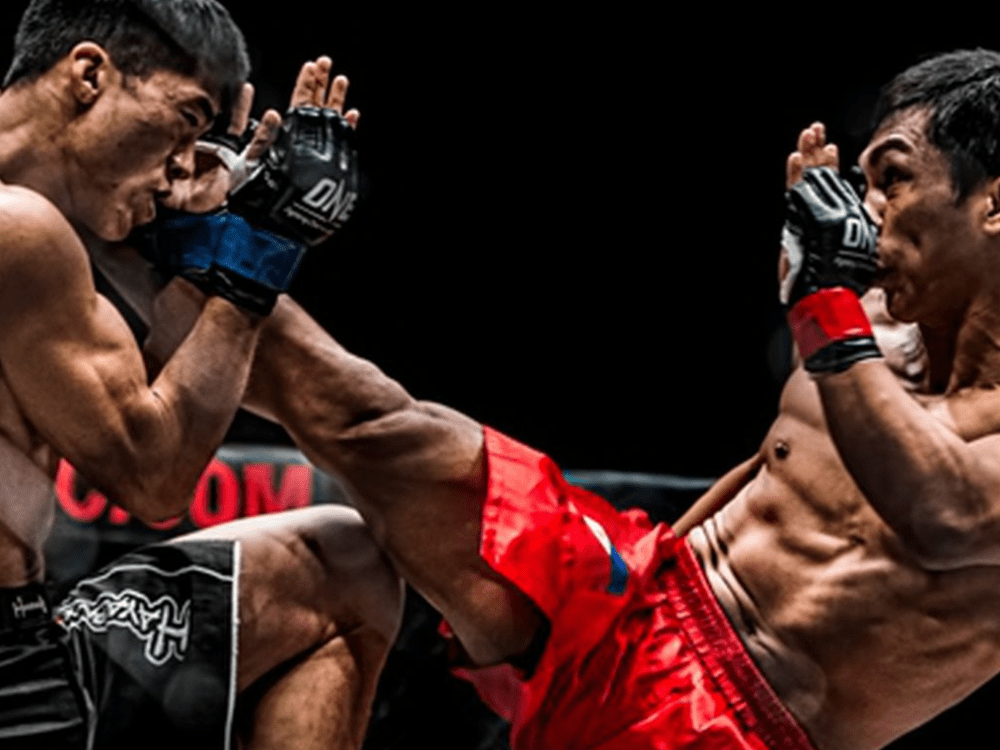
- Home
- MMA Mixed Martial Arts
- Mixed Martial Arts Lessons

Mixed Martial Arts Lessons
What Makes Up MMA?
Mixed Martial Arts (MMA) has gained immense popularity in recent years, captivating audiences around the world with its intense and dynamic combat. This combat sport combines various martial arts disciplines, creating a thrilling and action-packed spectacle. In this comprehensive article, we will delve into the world of MMA, exploring its origins, key components, rules, and the physical and mental attributes required to excel in this demanding sport. So, let’s step into the octagon and discover what makes up MMA.
MMA, or Mixed Martial Arts, is a combat sport that combines techniques and strategies from various martial arts and combat sports disciplines. It is often referred to as a hybrid martial art because mixed martial arts lessons incorporate elements from different styles. Here are some of the key components that make up MMA:
- Striking Techniques: MMA includes striking techniques from disciplines such as boxing, kickboxing, Muay Thai, and karate. Fighters use punches, kicks, knees, and elbows to strike their opponents. Striking techniques involve using different parts of the body as weapons and combining them in various combinations to create effective strikes.
- Grappling Techniques: MMA also incorporates grappling techniques from arts like Brazilian Jiu-Jitsu, wrestling, and judo. Grappling involves controlling an opponent’s body through techniques such as takedowns, throws, clinches, joint locks, chokes, and positional control on the ground. Ground fighting is a significant aspect of MMA, and fighters aim to submit their opponents through techniques like submissions or to gain an advantageous position for striking.
- Clinch Work: The clinch is a close-range grappling position where fighters can control each other’s movements, deliver strikes, or attempt takedowns. Techniques from various martial arts such as Muay Thai, Greco-Roman wrestling, and judo are utilized in the clinch. Fighters aim to gain control, inflict damage, or transition to other positions or techniques.
- Conditioning and Fitness: MMA athletes require a high level of physical conditioning and fitness to endure the demands of the sport. This includes cardiovascular endurance, strength, agility, flexibility, and overall athleticism. Training routines typically involve a combination of cardiovascular exercises, strength training, plyometrics, and specific drills to simulate the demands of MMA competition.
- Strategy and Tactics: MMA requires fighters to develop effective strategies and tactics to win matches. This involves understanding the strengths and weaknesses of different martial arts styles, adapting to opponents, and utilizing a combination of striking and grappling techniques to gain an advantage. Fighters need to be skilled in both stand-up and ground fighting and be able to transition between them seamlessly.
It’s important to note that the specific techniques and strategies employed in MMA can vary depending on the fighter’s background, training, and personal style. Furthermore, the rules and regulations of MMA may differ slightly between organizations, so it’s always important to familiarize yourself with the specific guidelines if you plan to compete or follow the sport closely.
Origins of MMA
MMA traces its roots back to ancient civilizations, where hand-to-hand combat was a fundamental aspect of warfare and self-defense. However, the modern form of MMA emerged in the 1990s with the inception of the Ultimate Fighting Championship (UFC). The UFC aimed to determine the most effective martial art by pitting practitioners of different disciplines against each other in a no-holds-barred competition. This concept laid the foundation for the development of MMA as we know it today.
Key Components of Mixed Martial Arts Lessons
MMA is a hybrid combat sport that incorporates techniques from various martial arts disciplines. The key components that make up MMA include:
1. Striking
Striking forms an integral part of MMA, allowing fighters to attack and defend using punches, kicks, elbows, and knees. Techniques from disciplines like boxing, Muay Thai, and kickboxing are utilized to deliver powerful and precise strikes.
2. Grappling
Grappling involves close-quarters combat, focusing on techniques such as takedowns, throws, and submissions. Fighters utilize techniques from Brazilian Jiu-Jitsu, wrestling, and judo to gain control over their opponents on the ground.
3. Clinching
Clinching refers to the close-range grappling that occurs when fighters engage in a standing position. It involves techniques such as clinch holds, sweeps, and throws, enabling fighters to control their opponents and set up strikes or takedowns.
4. Ground Fighting
Ground fighting is a crucial aspect of MMA, where fighters employ a combination of grappling and striking techniques while on the ground. Brazilian Jiu-Jitsu plays a significant role in ground fighting, with fighters aiming to submit their opponents through joint locks or chokes.
5. Conditioning and Fitness
MMA fighters require exceptional physical conditioning and fitness levels to endure the rigorous demands of the sport. This includes strength training, cardiovascular fitness, flexibility, and agility, ensuring they can perform at their best throughout the fight.
Rules and Regulations
To ensure the safety of the fighters and maintain a fair competition, MMA organizations have established rules and regulations for mixed martial arts lessons. The Unified Rules of Mixed Martial Arts, adopted by most major promotions, govern the sport. These rules include:
- No eye gouging, biting, or striking the groin.
- No strikes to the back of the head or spine.
- No headbutts, hair pulling, or fish-hooking.
- No strikes to the throat or spine.
- No small joint manipulation (e.g., finger or toe locks).
- No strikes to the back of the neck or head of a grounded opponent.
- No spiking an opponent onto their head or neck.
- No grabbing the fence or holding onto clothing.
- No unsportsmanlike conduct or abusive language.
These rules ensure a level playing field and prioritize the safety and well-being of the fighters.
The Mental and Physical Attributes of MMA Fighters
MMA fighters possess a unique combination of mental and physical attributes that contribute to their success in the sport. These attributes include:
1. Discipline and Mental Toughness
MMA requires immense discipline and mental toughness. Fighters must endure grueling training sessions, overcome setbacks, and maintain focus and composure during fights. Mental resilience is crucial in overcoming adversity and making split-second decisions in the heat of battle.
2. Technical Proficiency
MMA fighters must develop a diverse skill set, mastering techniques from various martial arts disciplines. This requires years of training and honing their skills in striking, grappling, and ground fighting. Technical proficiency allows fighters to adapt to different opponents and exploit their weaknesses.
3. Strength and Conditioning
Physical strength and conditioning are vital in MMA. Fighters need explosive power, muscular endurance, and cardiovascular fitness to perform at their peak for multiple rounds. Strength training, conditioning drills, and proper nutrition are essential components of an MMA fighter’s training regimen.
4. Agility and Reflexes
Quick reflexes and agility are crucial in MMA, allowing fighters to evade strikes, execute takedowns, and counter their opponents effectively. Agility drills, footwork exercises, and reaction training help develop these attributes, enabling fighters to move with speed and precision.
5. Mental Strategy and Game Planning
Successful MMA fighters employ strategic thinking and game planning to gain an advantage over their opponents. They analyze their opponent’s strengths and weaknesses, devise a game plan,and adapt their strategies during the fight. Mental strategy involves anticipating and countering the opponent’s moves, exploiting openings, and making tactical decisions in real-time.
FAQ: Mixed Martial Arts Lessons
1. Is MMA a dangerous sport?
MMA is a physically demanding and intense sport, but with proper training, safety measures, and adherence to rules, the risk of serious injury can be minimized. Fighters undergo rigorous training and are required to wear protective gear during fights to ensure their safety.
2. Can anyone participate in MMA?
While anyone can train in MMA, becoming a professional fighter requires dedication, discipline, and years of training. It is a highly competitive sport that demands a high level of physical and mental preparation.
3. Are there weight classes in MMA?
Yes, MMA has weight classes to ensure fair competition. Fighters are grouped into different weight divisions, allowing them to compete against opponents of similar size and weight.
4. How long does an MMA fight last?
MMA fights are typically divided into rounds, with each round lasting five minutes in most professional organizations. The number of rounds varies depending on the level of the fight, with championship bouts often consisting of five rounds.
5. What are some famous MMA organizations?
The Ultimate Fighting Championship (UFC) is the most prominent and well-known MMA organization globally. Other notable organizations include Bellator MMA, ONE Championship, and Professional Fighters League (PFL).
Conclusion: Mixed Martial Arts Lessons
MMA is a captivating and dynamic combat sport that combines various martial arts disciplines into a thrilling spectacle. With its origins in ancient combat and its modern-day evolution, MMA has become a global phenomenon. Understanding the key components, rules, and attributes of mixed martial arts lessons provides a deeper appreciation for the skill and dedication required to excel in this demanding sport. So, whether you are a passionate fan or aspiring fighter, embrace the world of MMA and witness the power, technique, and excitement that it brings to the octagon.
Latest Post


Outstanding Benefits of MMA and Mental Health

Beware Of Weight Cutting in MMA

Greatest MMA Fighters of All Time

Mixed Martial Arts Training

International MMA
Table of Contents
Newsletter
Enter your email address to receive news from us. We do not supply this to anyone else. We do not spam.
